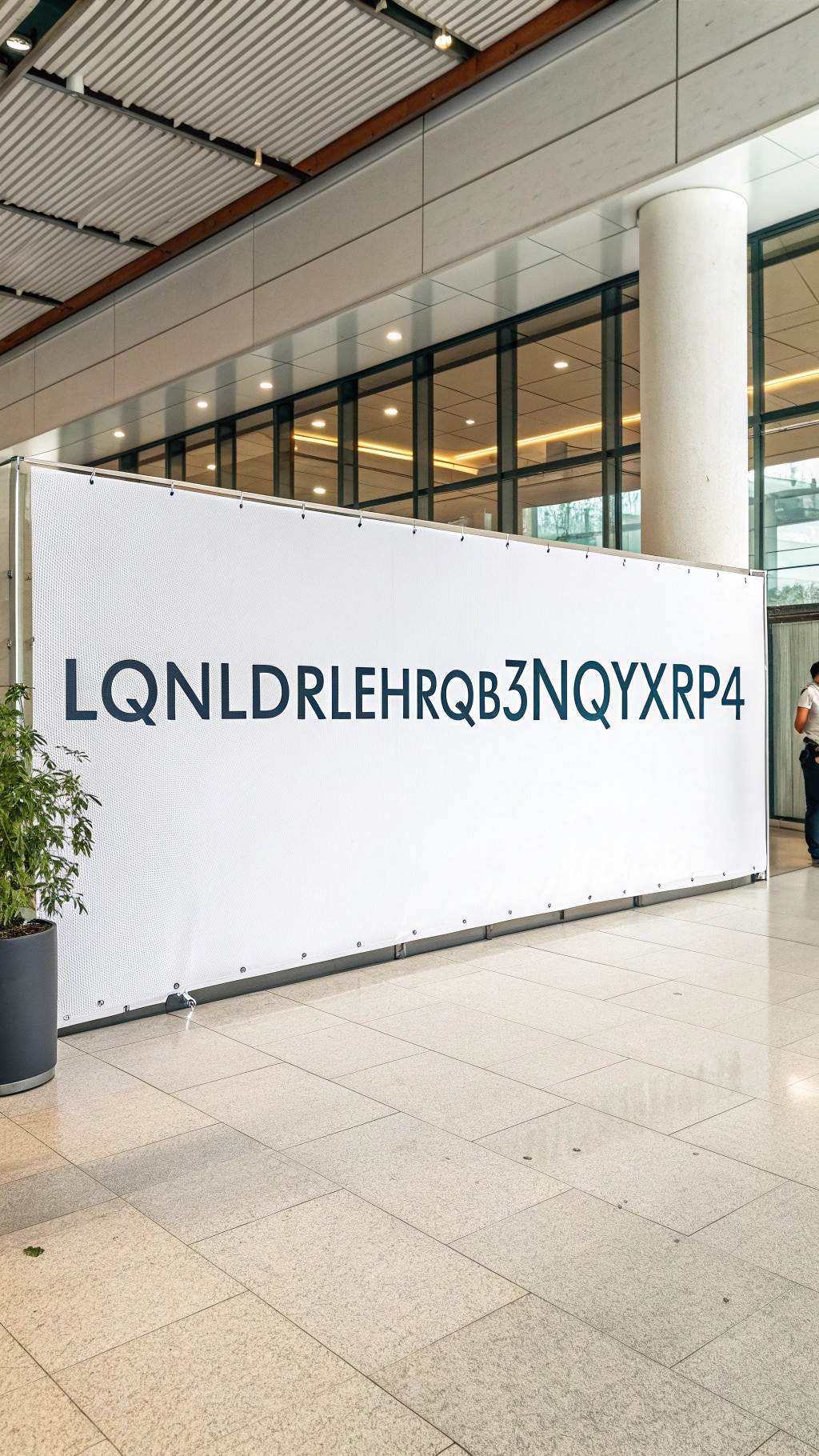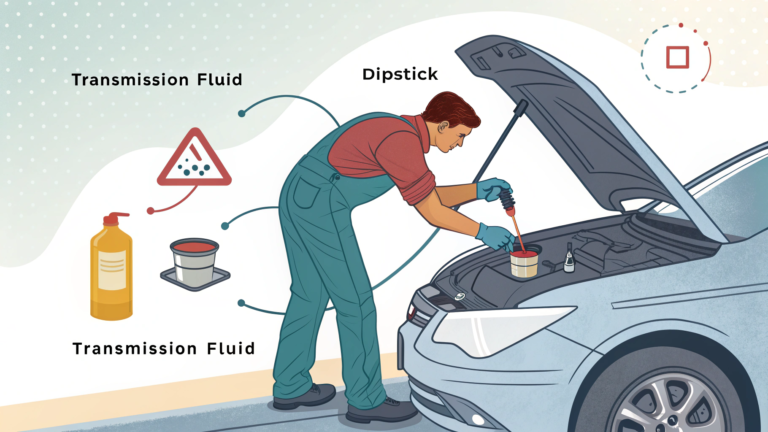
In today’s digital world, we often come across strange-looking codes made up of letters and numbers. One such code is LQNNLD1RLEHRQB3N0YXRPV4.
At first, it may look confusing or random, but it usually has a specific purpose. These types of codes are commonly used in websites, software, or databases to track or identify something important.
They can represent a file, a user session, a product, or a transaction. In this article, we’ll explain everything about LQNNLD1RLEHRQB3N0YXRPV4 in simple words so everyone can understand.
What Is LQNNLD1RLEHRQB3N0YXRPV4?
At first glance, LQNNLD1RLEHRQB3N0YXRPV4 looks like a string of random letters and numbers. In most cases, such codes serve as unique identifiers, meaning they point to exactly one item in a system. It could identify:
- A digital file (like a document, image, or video)
- A user account or session
- A product or device in a database
- A reference code for orders, tickets, or services
The code is likely generated automatically to ensure it doesn’t match anything else, making it a precise way to reference something.
Where Might You See This Code?
You could encounter LQNNLD1RLEHRQB3N0YXRPV4 in these areas:
- Software and Apps
- As a user ID or session token
- To identify a purchased or downloaded digital product
- Databases and Cloud Services
- In logs or system records
- Inside URLs or API requests
- Products and Inventory Systems
- As a tracking or batch code for items
- On warranty or service tags
- Customer Support and Tickets
- To retrieve your specific case or support file
- As a reference when reporting issues
Why Is It Important?
Here’s why such codes matter:
- Uniqueness: Ensures no two items have the same code
- Security: Makes guessing codes hard due to complex patterns
- Privacy: Keeps data anonymous if the code doesn’t include personal info
- Tracking: Helps systems and people locate items or users easily
Without codes like these, it would be hard to manage millions of items or users in a large system.
How Are Codes Like This Made?
Codes like LQNNLD1RLEHRQB3N0YXRPV4 are usually generated automatically by software using methods like:
- Random string generators that mix letters and numbers
- Timestamp-based encoding which embeds date/time info
- Hash functions that turn input data into results
- UUIDs/GUIDs—standard unique ID formats
Some parts of the code may carry hidden info, like when it was created, which system made it, or even an encrypted version of something else.
How to Use or Find Your Code?
If you’re given a code like LQNNLD1RLEHRQB3N0YXRPV4, here’s what you should do:
- Read the instructions where you saw it — apps or websites often tell you how to use it
- Paste or type it carefully (codes are case-sensitive)
- Submit or enter it where needed
- The system should respond with specific info — like file download, user access, or record retrieval
If something goes wrong:
- Double-check every character
- Look for spaces before/after code
- Contact support and mention the code
When Might You Need It?
You’ll use such a code if you:
- Purchased digital content
- Activated a software license
- Logged in remotely via secure session
- Requested customer or tech support
- Track an order or warranty claim
Each time, the code tells the system exactly which item or record belongs to you.
Tips to Handle Codes Safely
- Never share it publicly — if it’s connected to your account or data
- Store it securely if you need it again (save in password manager, note app)
- Avoid writing it by hand; copy-paste is often better to avoid mistakes
- Only enter it on trusted sites — beware of copycats or phishing
Potential Issues & How to Fix Them
- Code doesn’t work: Check spelling and expiration
- Expired or one-time use only: Contact customer support
- Security breach risk: Ask for a new code if you suspect your code was compromised
Why So Lengthy?
Long codes like LQNNLD1RLEHRQB3N0YXRPV4 are used instead of short ones because:
- They offer more combinations (so more unique IDs)
- They’re harder to guess or brute force
- They improve system security
Think of it like a super-strong password — longer is safer.
When You Don’t Need to Understand the Code
Often, you don’t need to know what each part of the code means. Just treat it as a key to unlock something — a file, account, or order.
Trying to decode it could be meaningless or even a waste of time, unless you’re a developer or system admin.
FAQs
1. What is LQNNLD1RLEHRQB3N0YXRPV4?
A long, unique code used to identify something specific in a system.
2. Why is it so long and complex?
To ensure it is unique, secure, and hard to guess.
3. Where do I get this code?
From the API response, email, purchase page, support ticket, or on-screen message.
4. Is the code sensitive information?
Yes—treat it like a password or account key, especially if tied to personal data.
5. Can I reuse it?
It depends: some codes can be used multiple times, others are one-time use only.
6. It’s not working—what should I do?
Check carefully, ensure it’s entered correctly, and contact support if still not working.
7. How long is the code valid?
Depends on the system—some expire after 24 hours, others stay active indefinitely.
8. Can someone else use my code?
Yes, if you shared it. That’s why you should keep it private.
9. Can it be spoofed or faked?
Some systems have safeguards, but always double-check the code source and trust the official channels.
10. Do I need to remember it?
Not always. You can save it securely or rely on a system that remembers it for you.
Conclusion
The code LQNNLD1RLEHRQB3N0YXRPV4 may look complex, but it plays a simple and important role in identifying something unique in a digital system.
Whether it’s linked to a file, user, product, or request, it helps systems stay organized and accurate. You don’t need to understand every part of the code—just follow the instructions given with it. Always keep such codes safe and private to avoid misuse.
If you ever have trouble using one, support teams can help. In the end, these codes make our online and technical experiences more secure and efficient.





